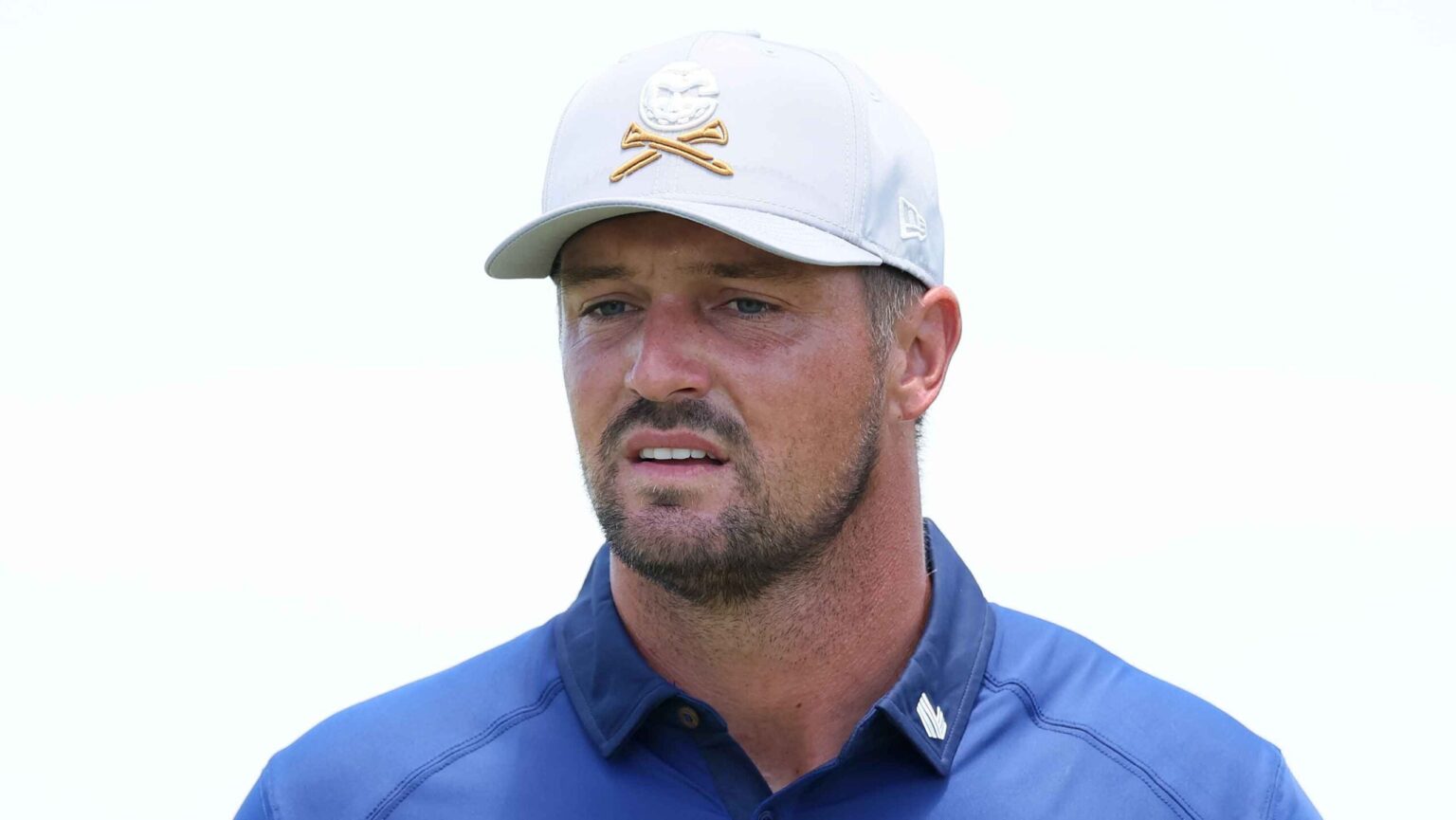Bryson DeChambeau: The Golfing Scientist’s Quest for Glory
Bryson DeChambeau, often dubbed the "golfing scientist," has captivated fans worldwide with his unique approach to the game. Known for his analytical mind and distinctive swing, DeChambeau has redefined how golfers perceive the sport. His accolades are remarkable, including winning the U.S. Amateur and NCAA individual championships in the same year, alongside multiple PGA Tour titles. As he takes his place on the LIV Tour, where he has claimed three victories, his prowess continues to leave an indelible mark on professional golf.
DeChambeau’s Unique Approach to Golf
DeChambeau’s method involves a combination of scientific principles and experimental techniques that set him apart from his peers. By using single-length irons and a meticulous focus on physics, he has transformed his game to optimize performance. This innovative style, while highly effective, has also drawn scrutiny as he attempts to balance power and precision. His remarkable skill set, however, is not without its challenges, particularly when faced with the conditions presented at prestigious tournaments.
The Challenge of Links Golf at The Open Championship
In July, the Open Championship presents unique challenges that have historically impeded DeChambeau’s success. With baked-out fairways, deep pot bunkers, and unpredictable sea breezes, the course demands a strategic type of golf that can test even the best players. While he boasts one top-10 finish in seven attempts at the Open, his struggles against links golf are well-documented. Analysts and fans alike wonder if this year will feature a stronger performance from him at Royal Portrush.
DeChambeau’s Performance at Major Championships
While Bryson has enjoyed considerable success, his performance at major championships has been inconsistent. In the past six major starts, he has finished sixth or better in a notable feat, yet his Open Championship history raises eyebrows. DeChambeau’s only top finish was at St. Andrews, a course renowned for its wide fairways, contrasting sharply with the complexities of Royal Portrush. This inconsistency prompts discussions about what elements of his game need refinement for him to conquer the unique challenges of links golf.
Gaining Insight from Experts
Golf Channel analysts have offered their perspectives on DeChambeau’s game and its suitability for the upcoming Open Championship. Brandel Chamblee emphasized the importance of control, particularly on the challenging courses like Portrush. With his past experience and recent transformations, there’s a possibility DeChambeau could adapt his game to the conditions effectively. Understanding his trajectory will be crucial as he prepares to tackle this year’s challenges at the Open.
Evolving Game Strategy
In recent interviews, DeChambeau has reported adopting a more strategic approach to his game. He seems to be tempering his risk-taking tendencies, favoring strategic plays that align better with the demands of the golf course. This evolution could provide him with an edge as he navigates the unpredictable elements of a links course at Portrush. While he still maintains substantial driving distances, he recognizes the importance of nuance that could prevent him from stepping into the traps that have historically caused him trouble.
The Mechanics of Iron Play
Despite his innovations and strengths, DeChambeau’s iron play remains a discussion point among analysts. Chamblee noted that DeChambeau’s inability to adjust his ball flight could become problematic in windy conditions. Iron play requires finesse, particularly in the face of strong winds that can dramatically affect ball trajectory. As he competes in major tournaments, specifically at the Open, honing this aspect of his game would be vital for successful performances.
Navigating Fairways and Winds
DeChambeau’s titanic drives yield substantial rollouts, posing distinct challenges among the narrow fairways of links courses. With rampant winds, landing the ball softly on the green becomes a complex task. His historical struggles with these elements underscore the necessity of fine-tuning his approach, making strategic adjustments, and experimenting with shot selection that can navigate low-flying balls for optimal performance.
Addressing Weaknesses in Iron Play
There’s a growing consensus among experts that for DeChambeau to elevate his status to a truly great player, mastering his iron play is essential. Recent statistics reveal he ranks well for greens in regulation, but the nuances of approach and control are undeniably critical. As he prepares for the challenges at the Open, his ability to lessen weaknesses will come under scrutiny, setting the stage for captivating golf as he implements his evolving strategies.
The Road Ahead: Anticipation for Royal Portrush
As DeChambeau steps onto the fairways of Royal Portrush, golf fans and analysts alike are eager to see how his unique skills will translate to the challenges ahead. With forecasts suggesting potentially favorable weather, there’s room for speculation regarding his performance. Should he manage to eliminate previous pitfalls and embrace the opportunity to showcase his talented game, the Open Championship might just serve as a proving ground for his ambitions in professional golf.
In summary, Bryson DeChambeau remains one of the most intriguing and complex figures in modern golf. His blend of science, innovation, and unique playing style has carved out a niche that continuously draws attention. As he approaches the Open Championship, the combination of his extraordinary talent and his ongoing pursuit of improvement will be put to the test once more, captivating fans and competitors alike. The upcoming tournament promises to highlight how evolution and perseverance might define his legacy in the sport.
